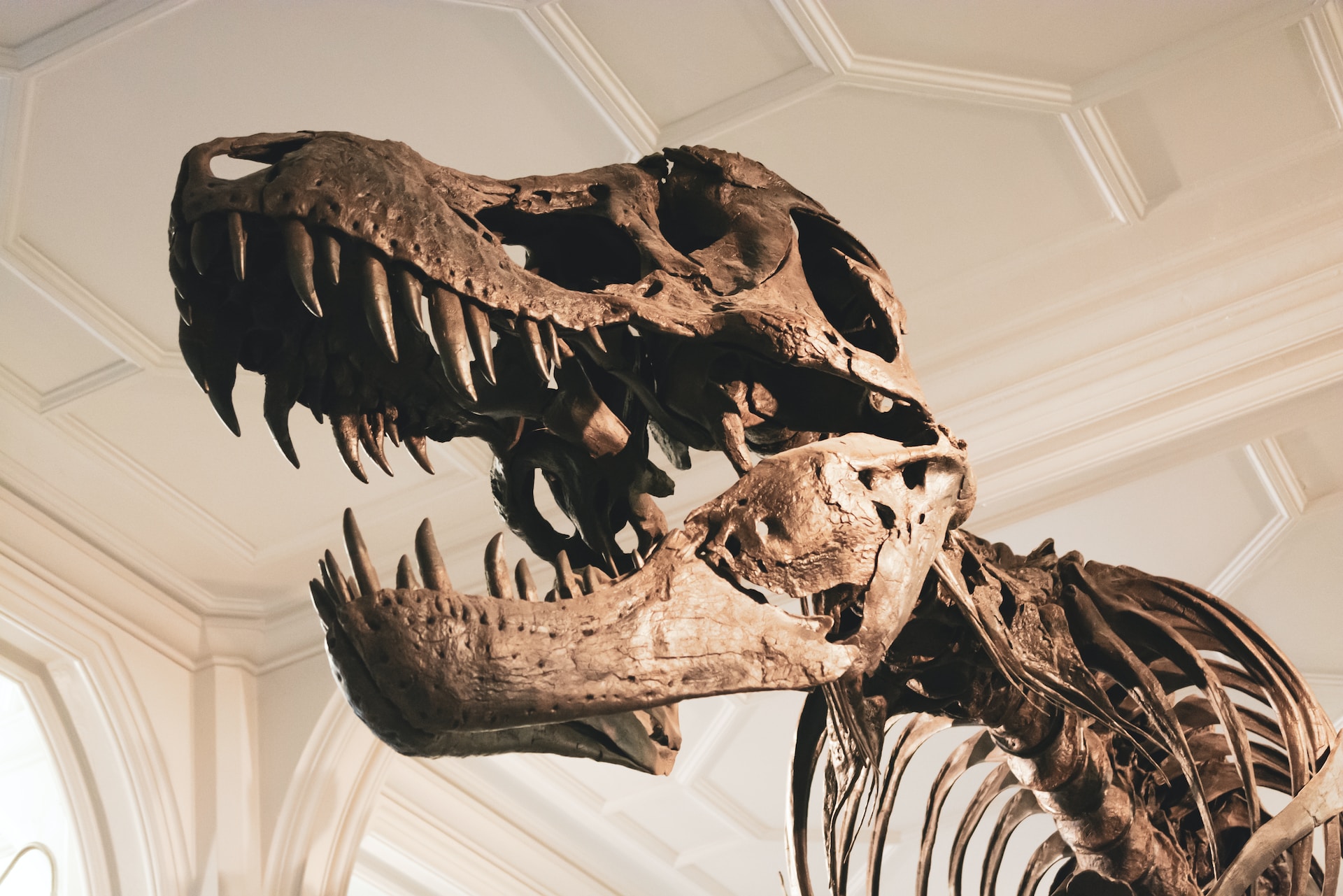Do you know what Tyrannosaurus rex, Velociraptor, and Spinosaurus have in common? They are all theropods, a group of dinosaurs that include some of the most famous and fearsome creatures that ever walked the Earth. But theropods were not just meat-eating monsters. They were also the ancestors of all living birds, and they showed a wide range of sizes, shapes, diets, and behaviors. In this article, you will discover how theropods evolved, diversified, and changed our understanding of dinosaurs and birds.
Meet the Theropods
Theropods possess hollow bones and three-toed claws on each limb, making them a unique type of dinosaur. They first appeared in the Late Triassic period, about 231 million years ago, and survived until the end of the Cretaceous period, about 66 million years ago, when most of them went extinct along with other non-avian dinosaurs. However, one group of theropods, the avialans, gave rise to the first birds in the Jurassic period, and their descendants are still alive today.
Theropods were the most diverse group of saurischian dinosaurs, with sizes ranging from the crow-sized Microraptor to the huge Tyrannosaurus rex, which weighed six tons or more. Animals of this kind were found on all continents except Antarctica and adapted to different environments and ecological niches. While most of them were carnivorous, some groups evolved to become herbivorous or omnivorous. They also developed various specialized features, including feathers, wings, crests, horns, sails, and sickle-like claws.
Here is a comparison table of some of the most well-known theropods:
| Name | Size | Period | Diet | Special features |
|---|---|---|---|---|
| Tyrannosaurus rex | 12 m long, 6 tons | Late Cretaceous | Carnivore | Large head with powerful jaws and teeth; short arms with two fingers; feathers on some parts of the body |
| Velociraptor | 2 m long, 15 kg | Late Cretaceous | Carnivore | Long tail for balance; sickle-like claw on each foot; feathers on arms and tail |
| Spinosaurus | 15 m long, 7 tons | Late Cretaceous | Carnivore | Long snout with conical teeth; sail-like structure on the back; semi-aquatic lifestyle |
| Therizinosaurus | 10 m long, 5 tons | Late Cretaceous | Herbivore | Long neck and beak; huge claws on each hand; feathers on the body |
| Ornithomimus | 4 m long, 150 kg | Late Cretaceous | Omnivore | Long legs for running; toothless beak; feathers on body and wings |
Follow the Evolution
Theropods are divided into three major groups: ceratosaurs, tetanurans, and coelurosaurs. Ceratosaurs were the earliest and most primitive theropods and included small predators like Coelophysis and large ones like Ceratosaurus. Tetanurans were more advanced theropods that had many hollow bones and sharp teeth along their entire jaws. They included carnosaurs (such as Allosaurus) and coelurosaurs (a larger group that includes Tyrannosaurus, dromaeosaurs, and ornithomimids). Coelurosaurs were the most derived theropods that had many bird-like features, such as feathers, wishbones, and enlarged brains.
The evolution of theropods was marked by several major events and transitions. Here are some of them:
- The origin of flight in avialans: This is still a matter of debate among scientists. Some think that flight evolved from gliding in tree-living theropods that had long feathers on their arms and tails. Others think that flight evolved from flapping in ground-living theropods that used their arms for balance or prey capture.
- The diversification of diets in theropods: While most early theropods were strictly carnivorous, some later groups developed adaptations for eating plants (such as therizinosaurs), seeds (such as troodontids), or insects (such as alvarezsaurs).
- The development of specialized features in theropods: Some theropods evolved unique features that helped them survive or attract mates. For example, some had crests or horns on their heads (such as Dilophosaurus and Carnotaurus), some had sails or spikes on their backs (such as Spinosaurus and Kentrosaurus), and some had sickle-like claws on their feet (such as Velociraptor and Deinonychus).
Learn from the Latest Discoveries about Theropods
Theropods are among the most studied and popular dinosaurs, and discoveries about them are constantly being made. Here are some examples of recent findings that have shed new light on theropod diversity and evolution:
- Fujianvenator prodigiosus: This is a new avialan theropod from China that was announced in 2023. This dinosaur had unusually long legs and did not seem equipped for flight. It might have specialized in running or wading instead of flying. It also did not fit into the accepted bird-evolution story.
- Bajadasaurus pronuspinax: This is a new dinosaur species from Argentina that was reported in 2022. This dinosaur belonged to a group of herbivorous theropods called dicraeosaurids that had long necks with spines pointing forward. The function of these spines is unknown, but they might have been used for display or defense.
- Llukalkan aliocranianus: This is a new dinosaur species from Patagonia that was revealed in 2021. This dinosaur was a member of a group of carnivorous theropods called abelisaurids that had short arms and large heads with horns and crests. This dinosaur had a unique skull shape with an air-filled sinus that might have enhanced its hearing or vocalization.
Appreciate the Importance of Theropods
Theropods are important for several reasons. Here are some of them:
- They represent a major branch of dinosaur evolution that shows how diverse and adaptable these animals were. They also demonstrate how natural selection can produce different adaptations for different lifestyles and environments.
- They are the closest relatives of birds, and by studying them we can learn more about the origin and evolution of this group. We can also compare the similarities and differences between theropods and birds, and understand how they are related to each other.
- They are fascinating and captivating creatures that have inspired many people to learn more about dinosaurs and paleontology. They have also influenced many aspects of culture, such as art, literature, movies, and games.
Conclusion
Theropods are a group of dinosaurs that include some of the most famous and fearsome creatures that ever walked the Earth, such as Tyrannosaurus rex, Velociraptor, and Spinosaurus. But theropods were not just meat-eating monsters. The dinosaurs were not only the predecessors of all present-day birds, but they also exhibited a vast array of sizes, shapes, diets, and behaviors. They thrived from the Late Triassic Era to the end of the Cretaceous Period, adapting to different environments and ecological niches. They also developed numerous specialized features, including feathers, wings, crests, horns, sails, and sickle-shaped claws. Theropods are important for understanding dinosaur diversity and evolution, as well as the origin and evolution of birds. They are also fascinating and captivating creatures that have inspired many people to learn more about dinosaurs and paleontology.





